Things of note for the week ending Sunday 11th September, 2016.
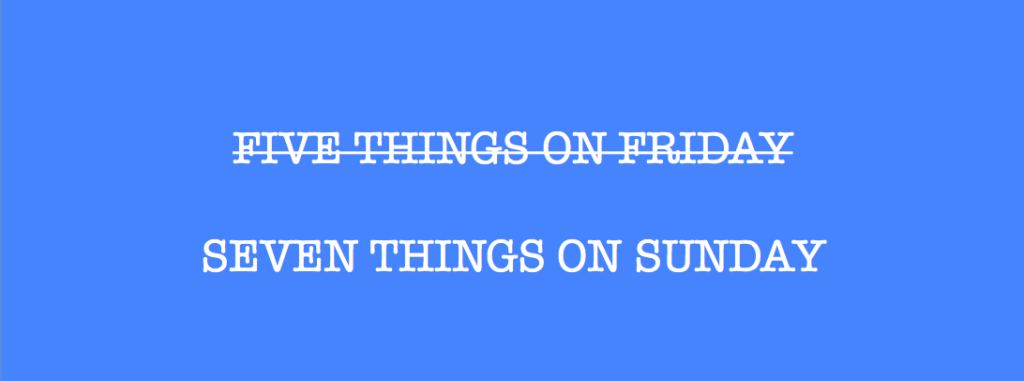
1. 15
Fifteen years ago, I was working at Good Morning Television – aka GMTV – on London’s Southbank (literally five minutes from where my office is now).
Working in TV-land meant there were always TVs on everywhere. Everywhere. The one in my office was above my desk. It was coming up to about 2pm I think when someone said, ‘Oh my God, look’. I looked up, and everyone was looking up above me, at the TV.
We were watching a live feed from New York. I remember seeing the second plane hit, live, and being in shock. We had no idea what we were witnessing.
It’s a small, little known fact but back then, GMTV wasn’t just a TV show. It had its own news team, outside of ITN, Reuters, and the BBC etc. It was its own weird little entity.
Within the next 30mins or so, every news correspondent in the building must’ve come into our office demanding flights to New York. ‘We can’t get them. New York is closed.’ we’d say, and we’d carry on watching the TV. I remember a few days later, those flights finally took place (all except for one savvy correspondent, Lara Logan, who flew the other direction – to Afghanistan – but that’s a whole other story).
There were rumours we were going to be evacuated too. Every tall building was suddenly a target. We were right near Westminster, the building was filled with media / news etc… we were surely next.
The brain does funny things in crisis.
Waking up on the 12th was the first time I woke up feeling afraid. Terrorism was something I’d read about / barely remembered from the days of the IRA etc. The world was – and still is – a very different place.
This morning, Sunday September 11th, I woke up, made my son breakfast, drank some coffee and read this account of the movements of Air Force One by those that were either onboard or simply encountering her on that day. A long, sobering piece that you should find the time to read today.
Really.
I wept when I finished it.
A horrid, horrid day.
One that will never be forgotten.
____________________________
Hard to follow that.
I’m just going to publish what I’ve gathered this week below with no changes.
____________________________
2. WHEN INFINITY GETS BORING (+ PS4 PRO STUFF)
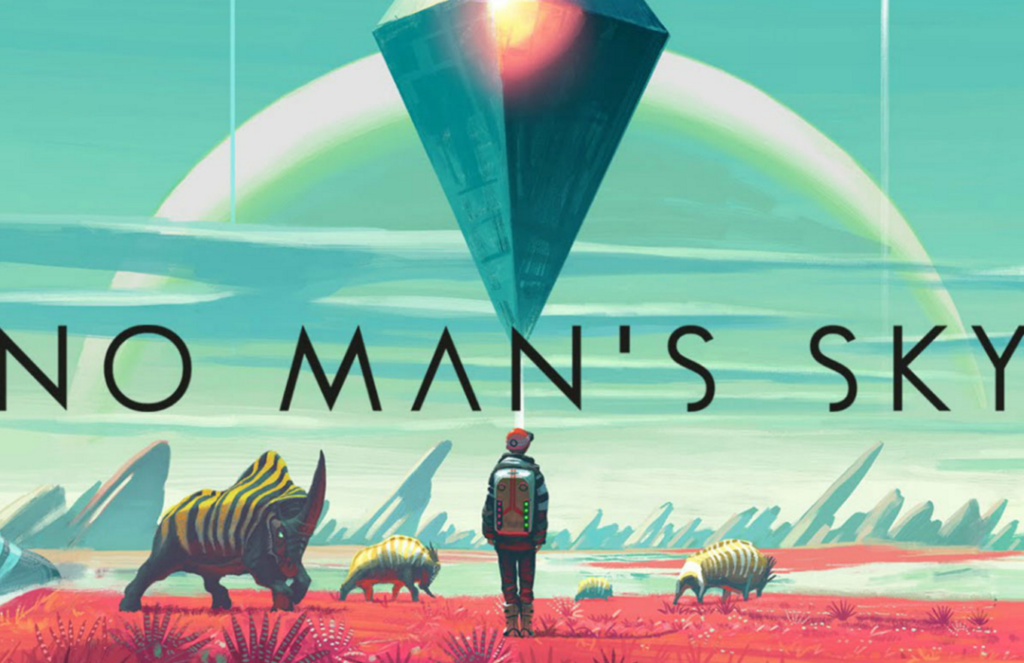
Another week, another post/link/comment about No Man’s Sky (I think this might turn into a general gamery section actually – there are a few other bits to cover off).
New Scientists has published the above named article this week. Quote:
“All of the screenshots that came out to promote the game were phenomenally beautiful. But of course these shots were hand-picked to show the best that the game could produce. Not every world looks like that – and you don’t see such variety when moving from one planet to the next. You need to explore a lot of worlds to find those interesting places. But after a number of them – 20 or 50, wherever your threshold lies – the thrill of planet hopping fades.”
And, in all fairness, I think they have a point. I’m still playing – dipping in and out, trying to find the perfect ship etc – but it’s just a a grind now and I’m not enjoying it as much as before. I’ve decided to put it back on the shelf for the interim and wait for the next content update.
That said, the game is deeply tranquil and it is still quite enjoyable to just go and fly around for a bit, and find different materials etc… well, we’ll see. But my play-time has definitely dropped off.
Also this week: the PS4 Pro was announced.
The lack of a UHD Blu-Ray player onboard seems like a real misstep for me and was super close to being a deal-breaker. But then two things happened: first, my buddy, Matt pointed out that if anybody has any clear visibility on how well 4K blu-rays are selling, then it’s Sony. It might not be cost effective to put a high-end player in this machine if the whole world is going digital… and I think he might be right. The second thing (also via Matt) was that I watched this 4K Horizon: Zero Dawn gameplay trailer via the 4K YouTube app on my Sony TV – AND IT LOOKS RIDICULOUS. Honestly, if you’re reading this on your phone, then just add that trailer to your YouTube Watch Later list and find a way to see it at the highest quality available… it’s immense.
Can I justify a new machine right now? No, probably not. Especially with PSVR around the corner. Can I campaign my family and friends to get me GAME vouchers for my birthday and Christmas and put them towards this machine? Probably yes.
So let’s see.
PS. If you’re unsure about the PS4 Pro, Kotaku has a good take that’s worth reading.
____________________________
____________________________
3. NEW PHONE TIME OF YEAR
I’m considering a new phone. My Sony Z5 broke and I managed to lay my hands on a Huawei (wah-way) P9 which is really, really impressing me.
It may still be a contender.
If you’re considering a new phone here are two things that might be of interest. One: I asked Twitter what phone I should get – here is what it said. Two: I asked Stefan – my podcasting partner in crime – which phone I should get on Episode 178 of The Voicemail and you can listen to that here.
Hope that’s useful.
Related: this made me laugh.
____________________________
____________________________
4. DUREX EMOJI

The Durex Eggplant emoji flavour story was pretty big this week but my favourite take on it comes from Fast Co Create:
“Last year the brand launched a campaign for a condom emoji, to give young people a way to talk about safe sex that didn’t involve actual words. However, the condom wasn’t added to the the Unicode Consortium’s official emoji alphabet, so the brand may have found the perfect troll to protest the decision. While the new flavor is still just a concept, the brand’s campaign for a safe-sex emoji continues. Until then, feel free to just use an eggplant + balloon.”
Good quick reading.
____________________________
____________________________
5. MCDONALD’S + ADVERTISING
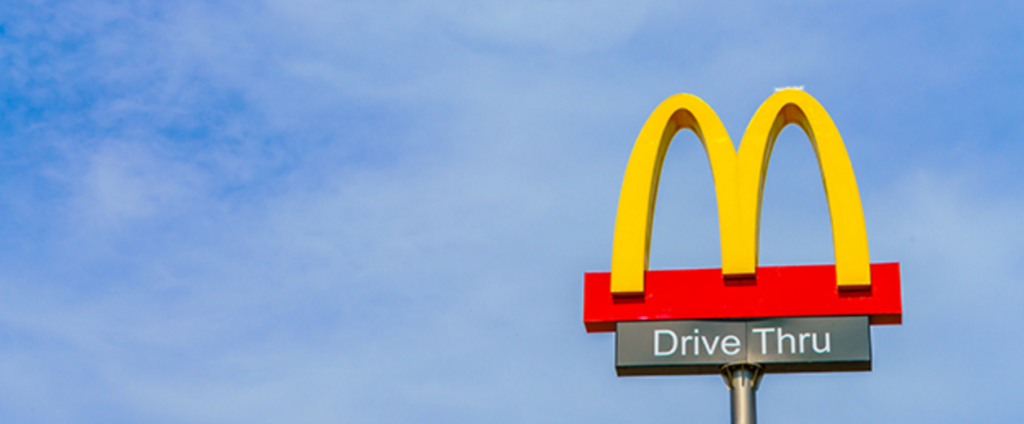
You may or not be aware but apparently McDonald’s has just appointed itself an ‘agency of the future‘ model, via Omnicom. If you know everything or if you know nothing about this, these two opposing views on the news are well worth your time.
I must admit, I’m closer to the contrarian…
____________________________
____________________________
6. NEW IPHONE THIS WEEK
Unsurprisingly, The Register was not invited. I’ve had my fair share of run ins with them but, that aside, I had to doff my hat to this epic trolling of Apple’s comms team.
Made me chuckle.
____________________________
____________________________
7. CIALDINI’S 7TH
Familiar with Cialdini’s six six principles of influence? You should be.
Apparently he’s adding a seventh.
Details here.
____________________________
____________________________
Bonuses this week are as follows:
____________________________
____________________________
Right, I’m outta here.
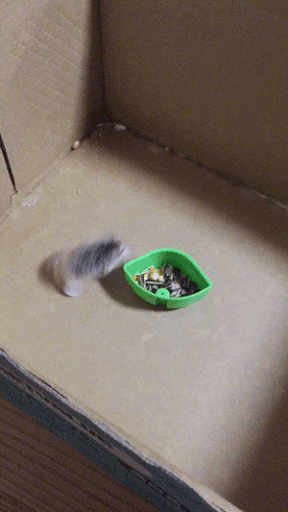














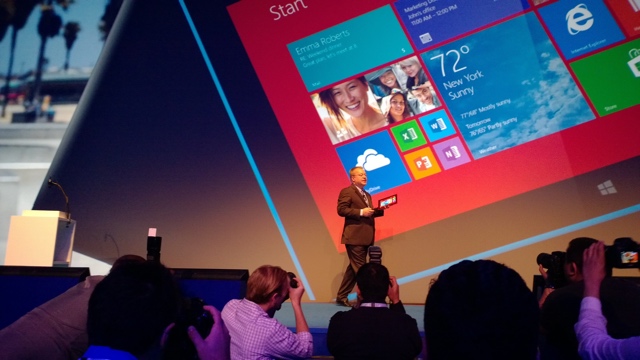


 Christian Thompson, Lamenting the Flowers, from the We Bury Our Own series, 2012. C-print on Fuji Pearl Metallic paper. Kluge-Ruhe Aboriginal Art Collection of the University of Virginia, Charlottesville. © Christian Thompson
Christian Thompson, Lamenting the Flowers, from the We Bury Our Own series, 2012. C-print on Fuji Pearl Metallic paper. Kluge-Ruhe Aboriginal Art Collection of the University of Virginia, Charlottesville. © Christian Thompson Emily Kam Kngwarray, Anwerlarr angerr (Big yam), 1996. Synthetic polymer paint on canvas. National Gallery of Victoria, Melbourne. © Emily Kam Kngwarray / © 2015 Artists Rights Society (ARS), New York/VISCOPY, Australia.
Emily Kam Kngwarray, Anwerlarr angerr (Big yam), 1996. Synthetic polymer paint on canvas. National Gallery of Victoria, Melbourne. © Emily Kam Kngwarray / © 2015 Artists Rights Society (ARS), New York/VISCOPY, Australia. Stephen Gilchrist in front of Vernon Ah Kee’s many lies (2004), during preparation for the exhibition. © Vernon Ah Kee. Photo: Kris Snibbe/Harvard University, © President and Fellows of Harvard College
Stephen Gilchrist in front of Vernon Ah Kee’s many lies (2004), during preparation for the exhibition. © Vernon Ah Kee. Photo: Kris Snibbe/Harvard University, © President and Fellows of Harvard College Ronnie Tjampitjinpa, Two Women Dreaming, 1990. Synthetic polymer paint on canvas. National Gallery of Australia, Canberra. © The artist licensed by Aboriginal Artists Agency Ltd
Ronnie Tjampitjinpa, Two Women Dreaming, 1990. Synthetic polymer paint on canvas. National Gallery of Australia, Canberra. © The artist licensed by Aboriginal Artists Agency Ltd View of the Seasonality-themed gallery in the exhibition. Photo: Harvard Art Museums, © President and Fellows of Harvard College
View of the Seasonality-themed gallery in the exhibition. Photo: Harvard Art Museums, © President and Fellows of Harvard College Julie Gough, Dark Valley, Van Diemen’s Land, 2008—a “necklace” that hangs in the shape of Tasmania and is made of Tasmanian Fingal Valley coal. (Other materials include nylon, Northern Midlands Tasmanian dropped antlers, and Tasmanian oak.) Art Gallery of New South Wales, Sydney. Photo: AGNSW © Julie Gough/Courtesy of the Artist and Bett Gallery
Julie Gough, Dark Valley, Van Diemen’s Land, 2008—a “necklace” that hangs in the shape of Tasmania and is made of Tasmanian Fingal Valley coal. (Other materials include nylon, Northern Midlands Tasmanian dropped antlers, and Tasmanian oak.) Art Gallery of New South Wales, Sydney. Photo: AGNSW © Julie Gough/Courtesy of the Artist and Bett Gallery
 Images courtesy the artist
Images courtesy the artist













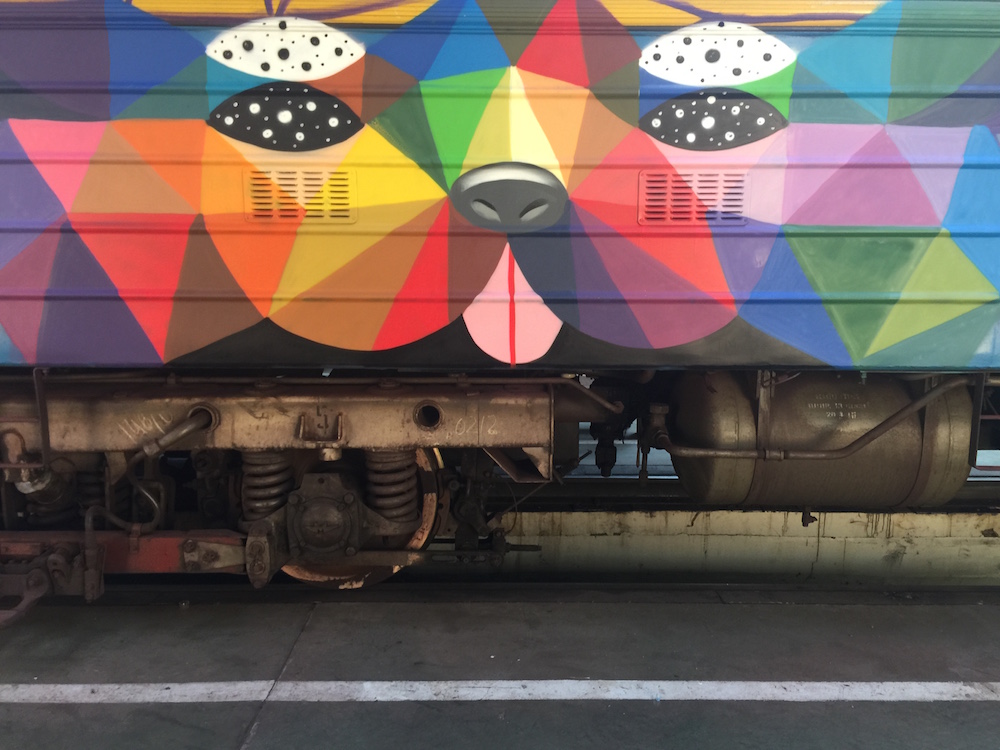
 New York, N.Y., September 21, 2001 — Rescue crews work to clear debris from the site of the World Trade Center. Photo by Michael Rieger/ FEMA News Poto - Location: New York, NY Photo
New York, N.Y., September 21, 2001 — Rescue crews work to clear debris from the site of the World Trade Center. Photo by Michael Rieger/ FEMA News Poto - Location: New York, NY Photo  Installation view of two statues of Apollo (courtesy of Musée du Louvre and the Soprintendenza Speciale per i Beni Archeologici di Pompeii, Ercolano e Stabia) in “Power and Pathos: Bronze Sculpture of the Hellenistic World.” Photo
Installation view of two statues of Apollo (courtesy of Musée du Louvre and the Soprintendenza Speciale per i Beni Archeologici di Pompeii, Ercolano e Stabia) in “Power and Pathos: Bronze Sculpture of the Hellenistic World.” Photo  Destruction of the Baalshamin Temple (ISIL social media; August 24, 2015) Photo
Destruction of the Baalshamin Temple (ISIL social media; August 24, 2015) Photo  TriumphalArch in Palmyra (Directorate-General of Antiquities and Museums; January 15, 2013) photo
TriumphalArch in Palmyra (Directorate-General of Antiquities and Museums; January 15, 2013) photo  Temple of Bel (Michael Danti; 2010) Photo
Temple of Bel (Michael Danti; 2010) Photo 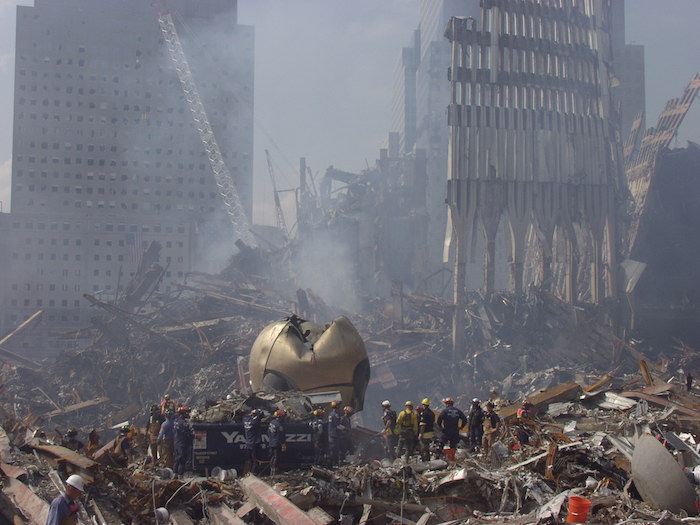
 Ýr hangs the knits featured in Sweater Story from a tree outside the exhibition space. Photo: Art Bicnick at Reykjavík Grapevine. All images courtesy of the artist
Ýr hangs the knits featured in Sweater Story from a tree outside the exhibition space. Photo: Art Bicnick at Reykjavík Grapevine. All images courtesy of the artist The story begins:"We get to see the sweaters reactions to meeting each other and their intense emotions.”
The story begins:"We get to see the sweaters reactions to meeting each other and their intense emotions.” “One gets confused and laughs way too much, while the other travels inwards looking for answers.”
“One gets confused and laughs way too much, while the other travels inwards looking for answers.” The 950i Brother knitting machine that Ýr uses to make her sweaters
The 950i Brother knitting machine that Ýr uses to make her sweaters The Sweater Story postcard book
The Sweater Story postcard book “After laughing too much, the sweater starts to dismantle, meanwhile the other one begins brainstorming.”
“After laughing too much, the sweater starts to dismantle, meanwhile the other one begins brainstorming.” “In the state of dismantlement it tries to get a grip on itself, at the same time the other sweater, having found the answer with the help of sweater science, shreds itself into its core threads.”
“In the state of dismantlement it tries to get a grip on itself, at the same time the other sweater, having found the answer with the help of sweater science, shreds itself into its core threads.” “Following the unspoken agreement, the sweater picks up its pieces and the other rips itself into trillions of sweater molecules.”
“Following the unspoken agreement, the sweater picks up its pieces and the other rips itself into trillions of sweater molecules.” Ýr created an animated GIF of the final sweater to illustrate the final lines of Sweater Story: “Challenging fate, the sweaters of Sweater story find the perfect way to live happily ever after, combining into a whole new sweater with the advantage of having long, pink sleeve-tongues to make out for eternity.”
Ýr created an animated GIF of the final sweater to illustrate the final lines of Sweater Story: “Challenging fate, the sweaters of Sweater story find the perfect way to live happily ever after, combining into a whole new sweater with the advantage of having long, pink sleeve-tongues to make out for eternity.” 
 John Provenzano, All photos: © Robert Torres for Celebrity Series of Boston. All images courtesy Celebrity Series of Boston
John Provenzano, All photos: © Robert Torres for Celebrity Series of Boston. All images courtesy Celebrity Series of Boston Howie Green
Howie Green Jeanette Staley
Jeanette Staley Karyn Alzayer
Karyn Alzayer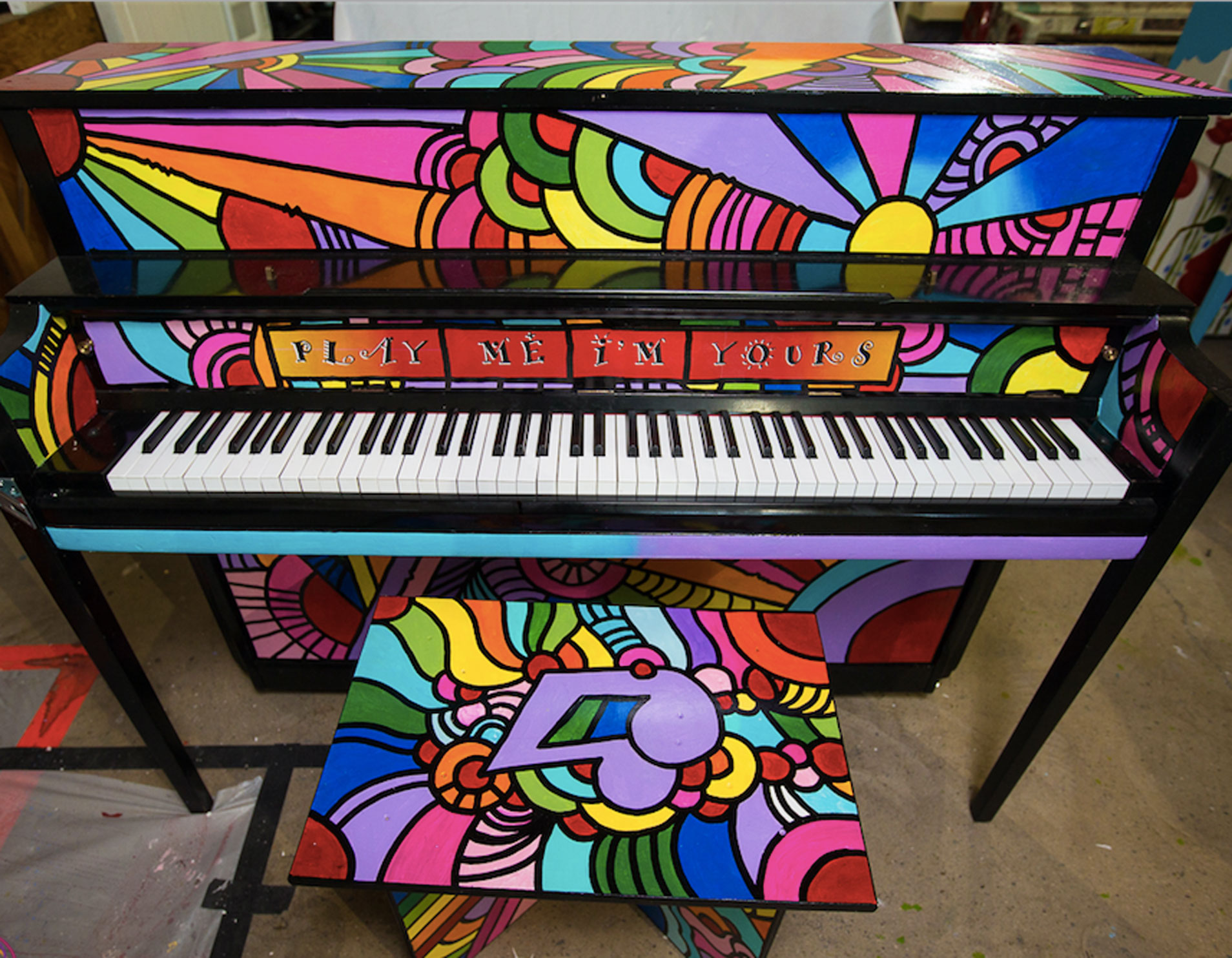

 Logos by the author
Logos by the author
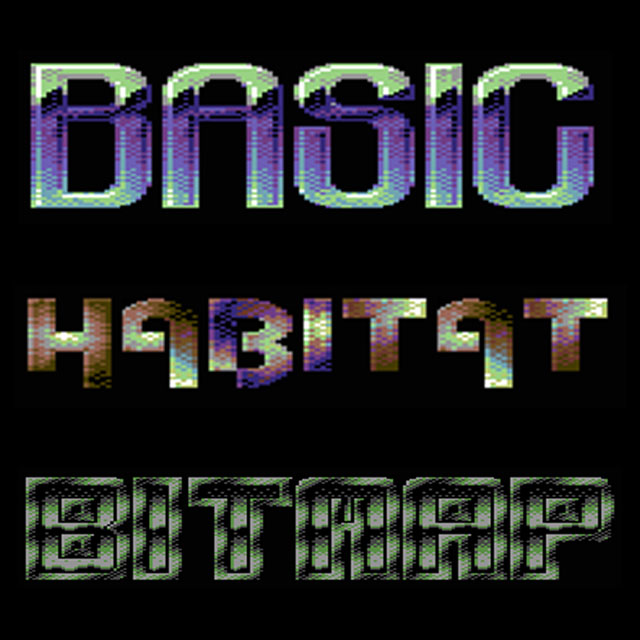

 New techniques mean that wood can now be used for much taller buildings. A handful are already going up in cities around the world. The 14-storey Treet block of flats in Bergen, Norway, is currently the tallest. But Brock Commons, an 18-storey wooden dormitory at the University of British Columbia in Canada, is due to be completed in 2017. That is when construction is expected to begin on the 21-storey Haut building in Amsterdam. Arup, a firm of engineering consultants working on the project, says it will be built using sustainable European pine. Some architects have even started designing wooden skyscrapers, like the proposed Tratoppen (“the treetop” illustrated above), a 40-floor residential tower on the drawing-board in Stockholm.
New techniques mean that wood can now be used for much taller buildings. A handful are already going up in cities around the world. The 14-storey Treet block of flats in Bergen, Norway, is currently the tallest. But Brock Commons, an 18-storey wooden dormitory at the University of British Columbia in Canada, is due to be completed in 2017. That is when construction is expected to begin on the 21-storey Haut building in Amsterdam. Arup, a firm of engineering consultants working on the project, says it will be built using sustainable European pine. Some architects have even started designing wooden skyscrapers, like the proposed Tratoppen (“the treetop” illustrated above), a 40-floor residential tower on the drawing-board in Stockholm.
